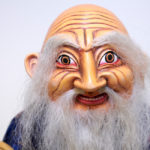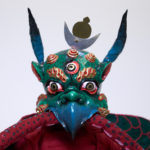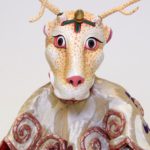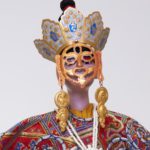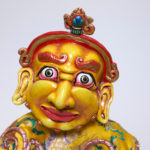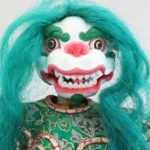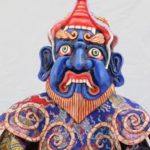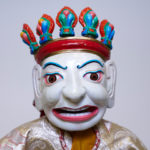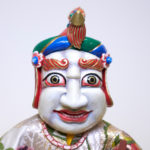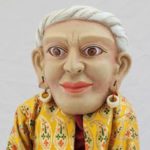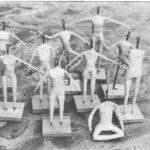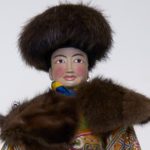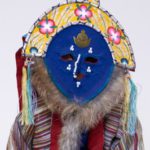Ritual Dances
Tibetan ritual dances, known as cham, are a mystical form of ancient masked dance, performed exclusively by monks before a lay audience. While the origin and history of cham is difficult to trace, many sources state that the dances were transmitted to Buddhist masters through mystical visions and dreams.
Staged yearly, in monastery courtyards, cham performances attracted thousands of people. The dancers, performing to music played on the Tibetan long horn, guitar, and drums, used precise body movements, dance steps, and gestures to portray a character from the entourage of a protector deity, historical figures, and legendary heroes. They also reenacted visions of great lamas, events in the lives of saints, and rituals particular to local tradition. In fact, cham dances were so multi-faceted, performances often lasted several days.
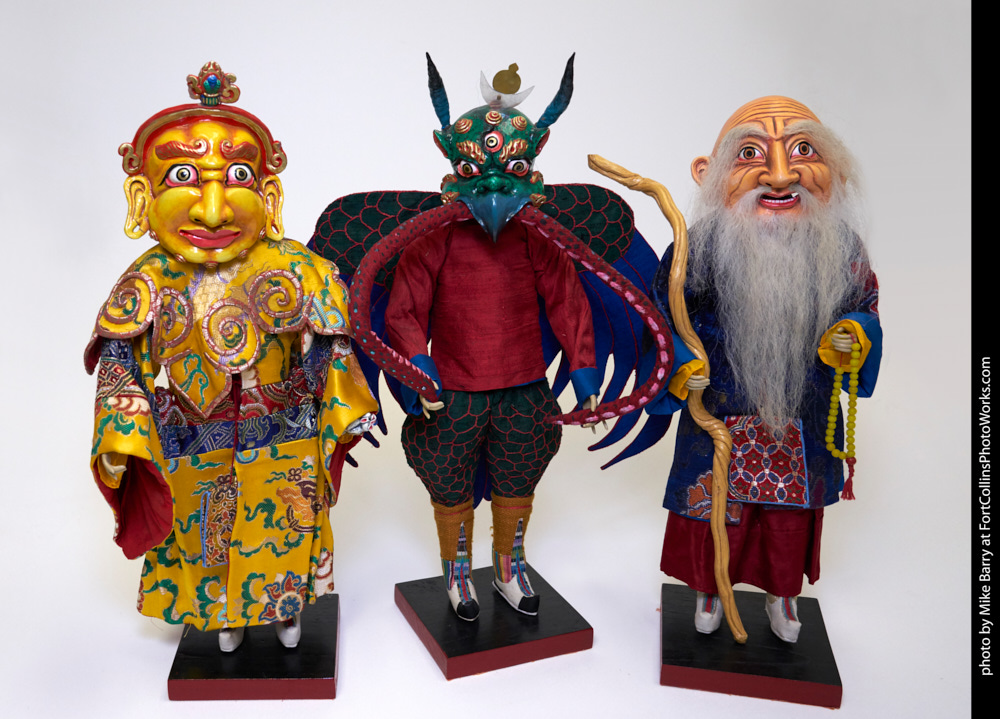
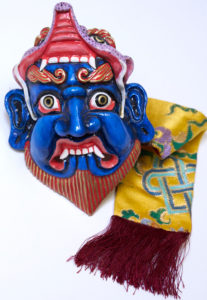
Traditional cham costumes combined elaborate garments with spectacular, sometimes terrifying masks. The masks, made of copper, brass, and wood, were generally 2 or 3 times the size of a normal head. Due to their weight and unstable center of gravity, the masks were padded on the inside to protect a monk’s nose, ears, and neck. The mask’s distinct colors and facial features were meant to evoke terror and fear among the forces of evil and, at the same time, provide tranquility and calm to Buddhist practitioners seeking enlightenment through meditation and prayer.
During the political upheaval that started in Tibet in the late 1950s, most of its traditional cham costumes and masks were lost, confiscated, or destroyed. During the 1980s, as cham reemerged in the Tibetan exile-communities, costumes were recreated from oral history, the memories of aging Tibetan cham masters, and collections from museums and private collectors—along with some artistic license.

